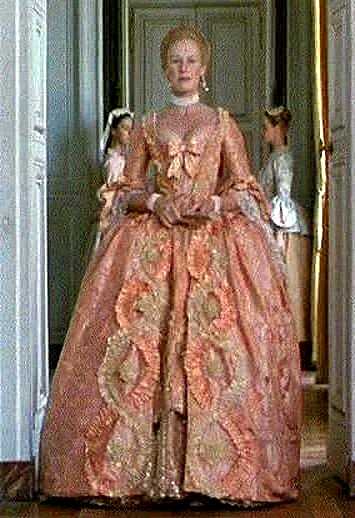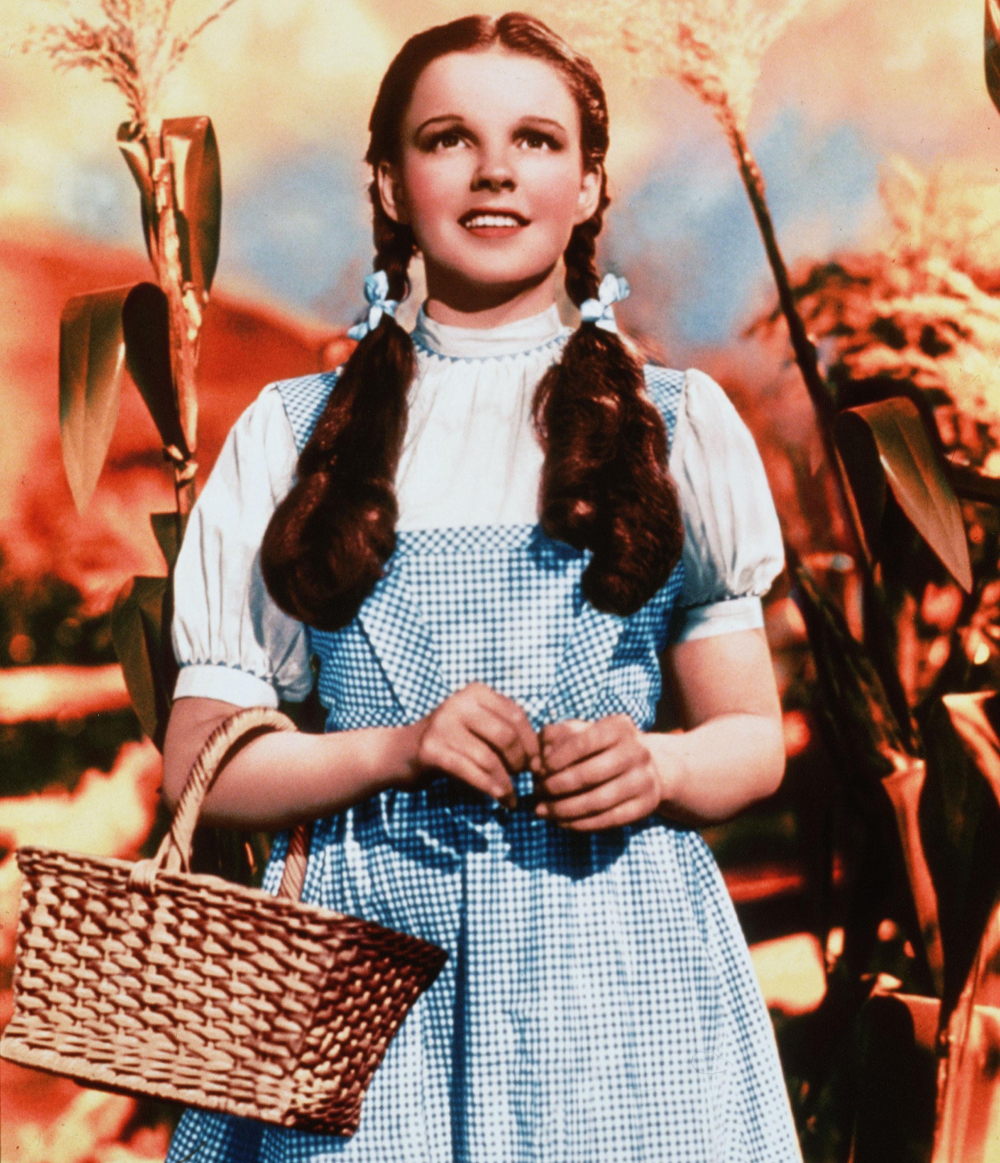Inspiration
for authors can take many forms, but for me, the visual kind is usually the
best. I love watching movies or TV
programmes, where the characters often spark ideas in my mind. But there is something else that really inspires
me too - art.
I’m
very lucky to have access to London’s many art galleries and over the years
they have put on some fabulous exhibitions.
My favourites so far have included Anthony Van Dyck, Lord Frederick
Leighton and John Everett Millais, all artists who were able to depict their
subjects in almost photographic detail.
I especially love Van Dyck’s portraits as they really show the sitters’
individuality, but I’m also fascinated by Leighton’s imaginary but exotic
scenes and Millais incredible attention to detail when it comes to nature. Also, the sensuous silk clothing they often
portray make you want to reach out and touch the canvases and have me imagining
my heroes and heroines dressed that way.
Recently,
I went to yet another fabulous exhibition at the Tate Britain – ThePre-Raphaelites: Victorian Avant-Garde.
As I’m a huge fan of Victorian paintings, I knew I was in for a treat,
but I had no idea just how wonderful it would be!
The so
called Pre-Raphaelite Brotherhood (PRB) was founded in 1848, a turbulent time
in England and a time of change. The PRB
members felt that with the coming of the machine age, much of the beauty and
spirituality of life had been lost and they wanted to fight against this. At first, it was a secret brotherhood, and
they refused to tell anyone what the initials PRB on their canvases meant, but
eventually they explained. They seem to
have begun by drawing each other and I enjoyed seeing these early portraits. The one of Dante Gabriel Rosetti as a young
man reminded me of Laurence Llewellyn-Bowen (English artist and interior
decorating guru) and some of the others were rather dashing.
The PRB
admired the freshness of early Renaissance work, but still wanted their
paintings to be modern. They also
admired painters like Theodor von Holst and William Dyce – the Tate exhibition
had works by both of these which I had never seen before. One in particular, depicting King Joash
shooting the arrow of Deliverance (from the Book of Kings in the Bible) was
truly amazing! Whoever Dyce used as his
model for King Joash would have been welcome as a hero in one of my books any
day!
 |
| (Ophelia - Picture courtesy of Wikipedia) |
What I
like most about the Pre-Raphaelite painters is their attention to detail (see
for example John Everett Millais’ painting Ophelia,
where every blade of grass, every flower, every watery swirl is lovingly
painted; or the dogs in his paintings Isabella
and Order of Release, one a very
lifelike greyhound and the other a Jacobite’s mongrel whose fur looks so soft
you want to touch it). Then there are
the incredibly vivid colours they used, as in William Shakespeare Burton’s A Wounded Cavalier or Millais’ A Huguenot, both quite stunning.
 |
| (Maria Zambaco - Picture courtensy of Wikipedia) |
When it
comes to inspiration for writing, however, it would be difficult to beat what I
call the “hair” paintings some of the PRB members produced. They all appear to have been fascinated by
women with very thick, wavy or curly hair, preferably blonde or flame coloured,
but also some dark shades. Rosetti’s Monna Vanina and Lady Lilith (both of which used the model Fanny Cornforth as his
muse) – with masses of gleaming golden tresses, are a perfect illustration and
could inspire a historical heroine. The
same goes for his vision of Fiammetta and
the darkly stunning Astarte Syriaca. George Frederick Watts Portrait of Edith Villiers is of a beautiful
natural blonde and Edward Burne-Jones’s Maria
Zambaco is the ideal brunette beauty, with her enormous eyes and graceful
neck.
In
fact, there were so many incredible paintings I had to go back and see the
exhibition three times and it was lucky I had a pen and paper with me! Just the sight of all those shining tresses gave
rise to quite a few ideas … Are there
any paintings that have inspired you? I’d
love to know!
I wish you all a very Happy Christmas and all
the best for the New Year!
Christina




























